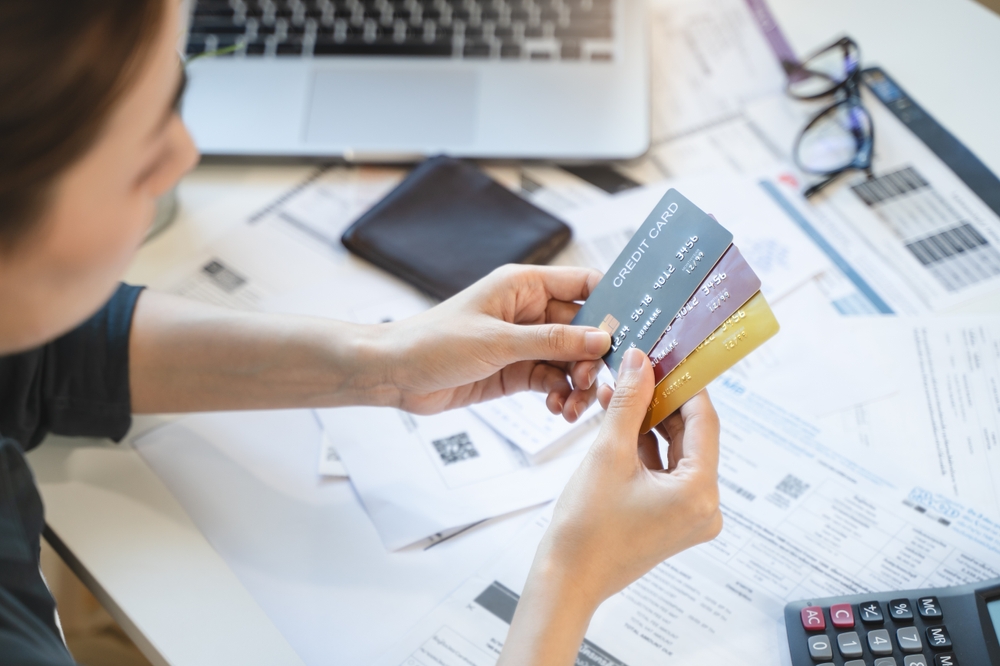Saving money doesn’t always require cutting out everything you enjoy or living on a shoestring budget. In fact, there are simple, low-effort changes you can make that can easily free up an extra $100 each month—without you feeling the pinch.
By making small adjustments in the right places, your monthly budget becomes more efficient, and your savings grow quietly in the background. Here’s how you can make it happen.
Audit Your Subscriptions
Many people pay for subscriptions they’ve forgotten about—or rarely use. Streaming services, fitness apps, software trials, and delivery memberships often fly under the radar.
Start with a quick scan of your bank statement:
-
Cancel duplicate or unused subscriptions
-
Check for apps you no longer use
-
Downgrade plans you don’t fully utilize
You might be surprised how quickly this adds up. Canceling just two $10 services gives you $20 back every month. That’s already 20% of your $100 goal.
Bring Lunch Just Twice a Week
Buying lunch at work or while out can cost anywhere from $10 to $15 per meal. Simply bringing your own lunch two days per week saves about $40–$60 monthly.
Easy prep options:
-
Leftovers from dinner
-
Pre-made salad kits with protein
-
Sandwiches or wraps made the night before
You're not giving up lunch with coworkers entirely—just making smarter trade-offs.
Use a Grocery List and Stick to It
Impulse buys during grocery trips can easily add $10–$20 to your total without you realizing it. Going to the store with a clear list can help reduce spending and waste.
Tips for sticking to your list:
-
Plan meals for the week in advance
-
Avoid shopping when hungry
-
Keep a running list on your phone
Cutting $25 from your grocery bill each month by avoiding extras gets you a quarter of the way to your goal.
Use Automatic Round-Ups or Micro-Saving Apps
Apps that round up your purchases to the nearest dollar and deposit the spare change into savings can quietly build your balance.
How it works:
-
Buy coffee for $3.75
-
App rounds up to $4.00 and saves $0.25
-
Over dozens of purchases, you save without effort
You can also set micro-transfers of $1–$3 per day to build savings automatically. It adds up faster than you think.
Skip One Takeout or Delivery Order
Ordering in is convenient, but expensive. A single delivery order can easily cost $30–$50 after tips, fees, and taxes. Cutting just one delivery order per month puts a big dent in your $100 goal.
Alternative:
-
Make a “takeout-style” meal at home
-
Keep frozen pizza or stir-fry ingredients on hand
-
Use the money you save to treat yourself in other ways
Replacing one indulgence with a DIY version makes the savings nearly effortless.
Re-Evaluate Recurring Charges
Beyond subscriptions, look at regular bills like:
-
Your phone plan
-
Car insurance
-
Gym memberships
-
Cloud storage or software renewals
Call providers and ask about discounts, bundling, or loyalty offers. Many companies are willing to reduce your rate if you simply ask.
Even a $10 reduction in just two bills saves $20 monthly.
Make Use of Free Entertainment
It’s easy to spend money without realizing it—weekend movies, coffee meetups, or casual online shopping can add up fast. Swapping just one or two activities each month for a free or low-cost version can save you more than $20.
Free entertainment ideas:
-
Streaming free movies or library rentals
ADVERTISEMENT -
City walking tours or hikes
-
Board game night at home
-
Potluck with friends instead of dining out
These swaps don’t sacrifice fun—they just shift it.
Batch Your Errands to Save on Gas
Instead of running to the store three times a week, consolidate errands into one efficient route. This simple change can save $10–$15 in gas, especially with high fuel prices.
Other gas-saving habits:
-
Drive less aggressively
-
Check tire pressure monthly
-
Use a rewards app for fuel discounts
Over a month, these tiny changes reduce gas spending while saving you time.
Switch to Store Brands
In many cases, store-brand groceries and household items are just as good as name brands—sometimes even made by the same manufacturers. Swapping even half of your purchases can cut $10–$20 off your monthly bill.
Start with:
-
Pantry staples like rice, flour, canned beans
-
Paper products and cleaning supplies
-
Dairy products like milk and butter
You won’t miss the label, but you’ll definitely notice the savings.
Pay With Cash One Day a Week
Using cash forces you to be mindful about how much you're spending. Pick one day a week to use only cash for small expenses like snacks, coffee, or transportation.
Why it works:
-
You set a limit in advance
-
You avoid digital overspending
-
It builds discipline over time
Limiting these small daily costs can free up $15–$25 per month, easily.
Delay Online Purchases by 24 Hours
Impulse buying is even easier online. A simple 24-hour pause before hitting “checkout” can help you avoid unplanned expenses and buyer’s remorse.
Use a “Save for Later” list instead of an actual cart. If the item still feels necessary the next day, go ahead. But often, you’ll realize you don’t need it after all.
Skipping one impulse buy per month could easily put $20 or more back in your pocket.
Sell One Unused Item Each Month
Most people have unused electronics, clothes, or kitchen gadgets lying around. Selling just one of these per month on resale platforms can easily earn you $20–$50—or more.
What to look for:
-
Tech gadgets you no longer use
-
Gently worn clothing
-
Books, tools, and household items
You clear space in your home and boost your savings with almost no effort.
Set Up a “Hidden” Savings Account
Create a separate online savings account—one that’s not connected to your checking account or visible in your banking app. Set up an automatic transfer of $25/week and forget about it.
Why it works:
-
It’s harder to “accidentally” spend
-
You’re saving money before you even see it
-
The habit becomes invisible and painless
After a month, that’s $100 saved without lifting a finger.
Saving an extra $100 a month doesn’t require drastic cuts or complicated systems. It’s about stacking small, intentional habits—cutting a little here, swapping a bit there, and automating what you can.
When you approach savings with creativity instead of restriction, it becomes easier and more sustainable. You don’t have to live like a monk to build financial security—you just have to be mindful, consistent, and willing to make small changes that add up.
Start with one or two of these tips, and build from there. A year from now, you could have over $1,200 tucked away—all without trying that hard.





